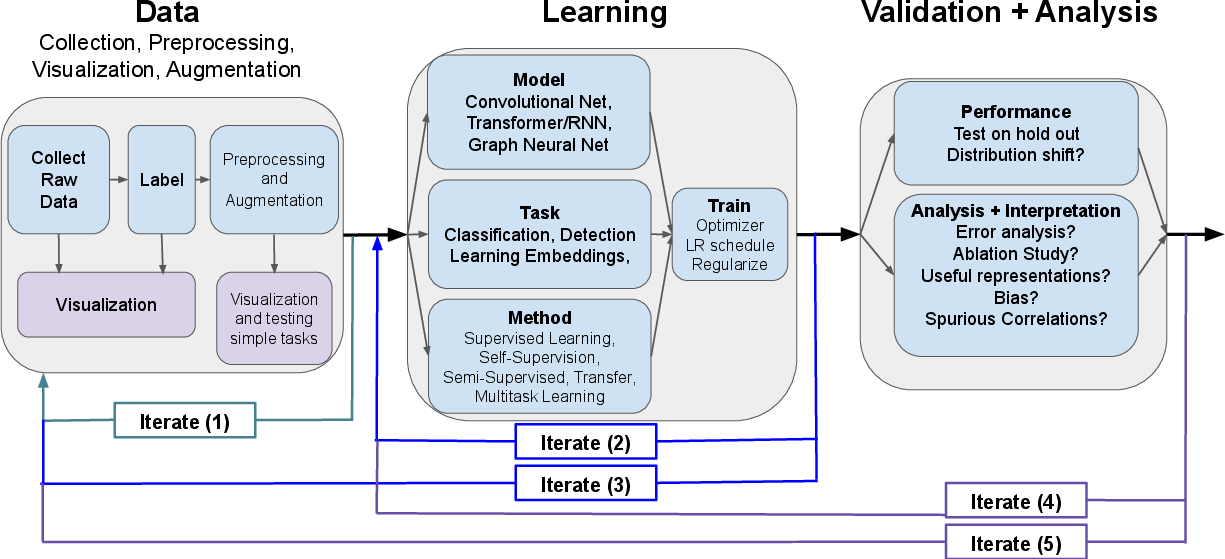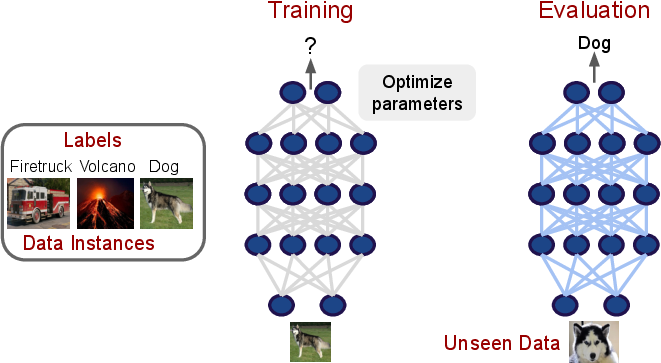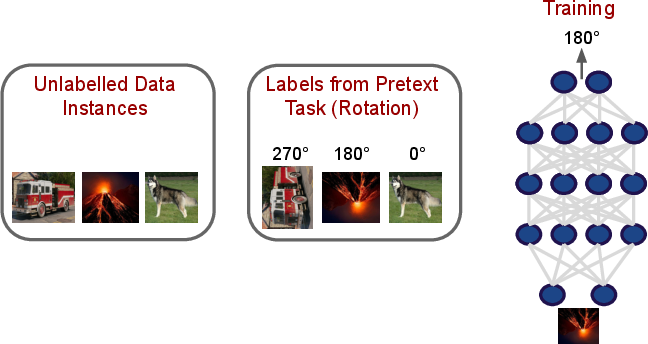A Survey of Deep Learning for Scientific Discovery (2003.11755v1)
Abstract: Over the past few years, we have seen fundamental breakthroughs in core problems in machine learning, largely driven by advances in deep neural networks. At the same time, the amount of data collected in a wide array of scientific domains is dramatically increasing in both size and complexity. Taken together, this suggests many exciting opportunities for deep learning applications in scientific settings. But a significant challenge to this is simply knowing where to start. The sheer breadth and diversity of different deep learning techniques makes it difficult to determine what scientific problems might be most amenable to these methods, or which specific combination of methods might offer the most promising first approach. In this survey, we focus on addressing this central issue, providing an overview of many widely used deep learning models, spanning visual, sequential and graph structured data, associated tasks and different training methods, along with techniques to use deep learning with less data and better interpret these complex models --- two central considerations for many scientific use cases. We also include overviews of the full design process, implementation tips, and links to a plethora of tutorials, research summaries and open-sourced deep learning pipelines and pretrained models, developed by the community. We hope that this survey will help accelerate the use of deep learning across different scientific domains.
Sponsor
Paper Prompts
Sign up for free to create and run prompts on this paper using GPT-5.
Top Community Prompts
Collections
Sign up for free to add this paper to one or more collections.




